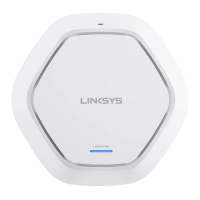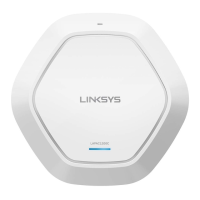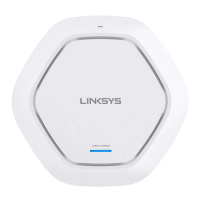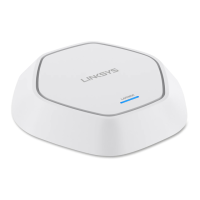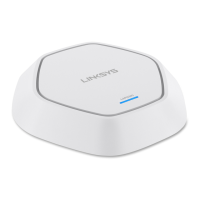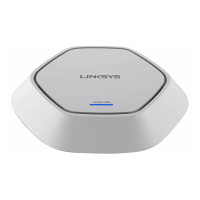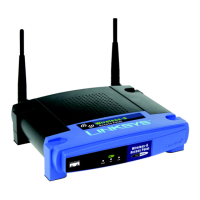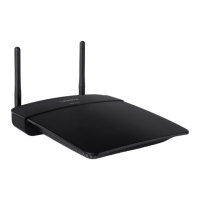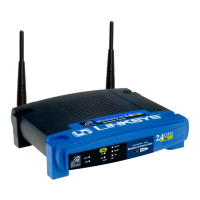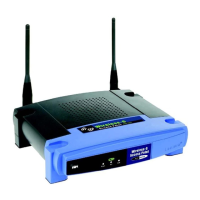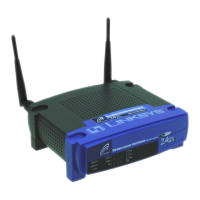ESS/ESSID
A group of wireless stations, and multiple access points all using the same ID (ESSID), form an
Extended Service Set (ESS).
Different access points within an ESS can use different channels. To reduce interference, it is
recommended that adjacent access points use different channels.
As wireless stations are physically moved through the area covered by an ESS, they will
automatically change to the access point that has the least interference or best performance.
Channels
•
The wireless channel sets the radio frequency used for communication.
•
Access points use a fixed channel. You can select the channel used. This allows you to
choose a channel that provides the least interference and best performance. For USA and
Canada, the following channels are available:
-
2.4GHz:
to 2.462 GHz; 11 channels
-
5GHz:
5.180 to 5.240 GHz; 4 channels
5.745 to 5.825 GHz; 5 channels
•
When using multiple access points it is better if adjacent access points use different
channels to reduce interference. The recommended channel spacing between adjacent
access points is five channels, e.g., use Channels 1 and 6, or 6 and 11.
•
In Infrastructure Mode wireless stations normally scan all channels looking for an access
point. If more than one access point can be used, the one with the strongest signal is used.
(This can only happen within an ESS.)
•
If using Ad-hoc Mode (no access point) all wireless stations should be set to use the same
channel. However, most wireless stations will still scan all channels to see if there is an
existing Ad-hoc group they can join.
WEP
WEP (Wired Equivalent Privacy) is a standard for encrypting data before it is transmitted. This is
desirable because it is impossible to prevent snoopers from receiving any data which is
transmitted by your wireless stations. If the data is encrypted, it is meaningless unless the
receiver can decrypt it.
If WEP is used, the wireless stations and the wireless access point must have the same settings.
116
